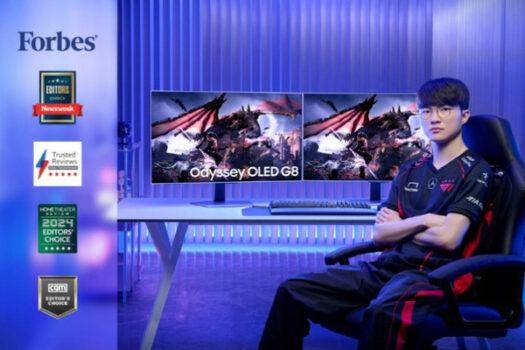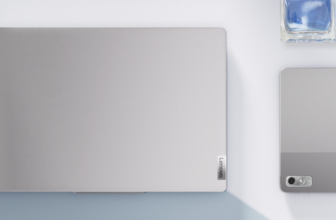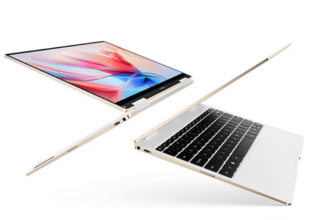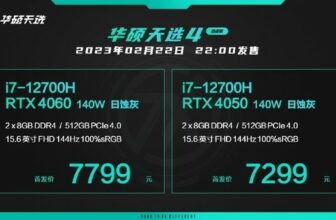Gaming monitors are equipped with more advanced specifications and features, such as higher refresh rates and faster response times, providing a smoother gaming experience than office monitors. According to Korean media reports, Samsung and LG are preparing to compete fiercely in the global gaming monitor market. As e-sports become increasingly popular around the world, the global gaming monitor market is expected to make a huge leap forward in the next decade.
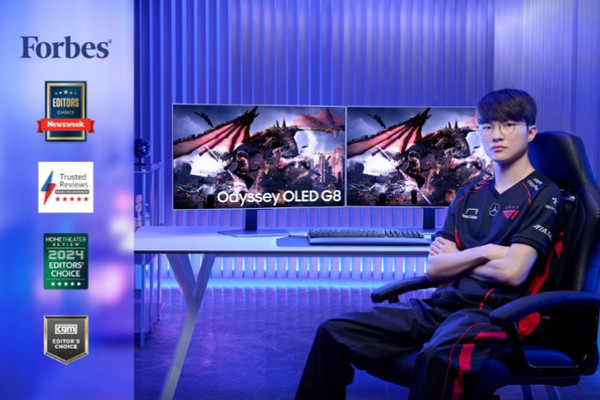
Fortune Business Insights predicts the global e-sports market will grow from US$1.7 billion in 2023 to US$9.3 billion by 2032. This growth will drive a rapid increase in the e-sports display market. Future Market Insights expects the global e-sports monitor market to nearly double by 2033. It will reach US$18.4 billion, up from US$9.8 billion in 2023.
Currently, two Korean companies, Samsung and LG, lead the high-end gaming monitor market. Meanwhile, Taiwan’s Asus and the United States’ Dell dominate the mid-range and entry-level markets. IDC data reveals that in the first quarter of this year, Samsung and LG’s combined share of total global game monitor sales was over one-third. Samsung held 20.6%, and LG had 14.1%.
Earlier this year, Samsung and LG reportedly launched OLED gaming monitors to improve market competitiveness. Samsung’s Odyssey OLED series sold over 20,000 units within a month of its launch. LG’s Ultragear, released in April, is the official gaming monitor brand of the 2024 Esports World Cup (EWC). ASUS and Philips have followed in the footsteps of leading manufacturers and also launched OLED gaming monitors.
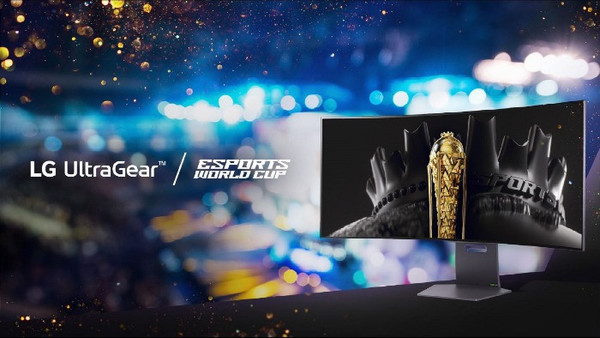
Competition among monitor manufacturers for the gaming monitor market is expected to intensify, especially with the world’s first Olympic esports competition approaching next year. As industry observers note, this will further fuel the competitive landscape.
